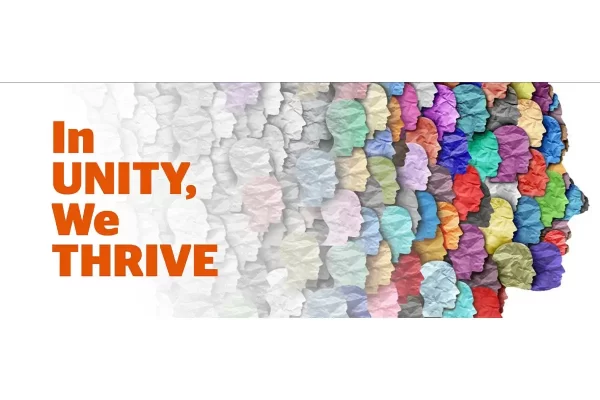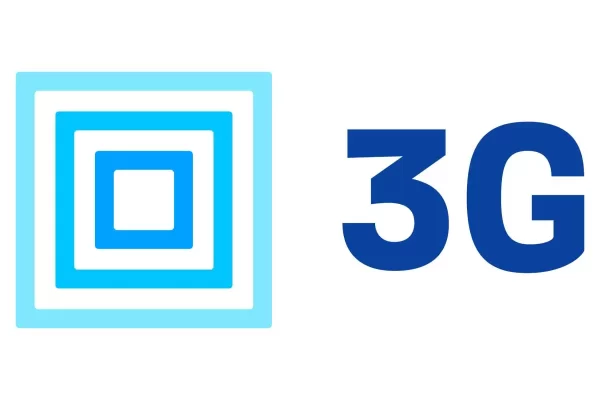Interactive and multimedia are words that are thrown around a lot when clients and exhibit designers are discussing new projects. In an effort to connect with attendees, these groups are always trying to marry the message with the technology that makes it engaging to the attendee.
Blue Telescope, an exhibit agency based in
The company strives to create interactive media experiences that educate, communicate and engage each attendee, and they have been on an award-winning run over the last couple years.
In 2010, Blue Telescope won five Communicator Awards, nine Telly Awards and eight Summit Creative Awards. In 2011, they followed that up with a Best of Show award at EXHIBITOR, three more Communicator Awards and two more Summit Creative Awards.
Recently, Exhibit City News interviewed Patrick Snee, Blue Telescope’s creative director, to get a behind-the-scenes look at the award-winning, interactive agency.
Patrick Snee: We use it our press releases because it’s quick and descriptive, but really our tagline is:
Blue Telescope uses storytelling, technology, and design to create unique interactive experiences that communicate, educate, and entertain.
This makes it clear that our product is the experience we develop, and the technology is the medium. We don’t use technology for technology’s sake; we use it when it’s an effective solution for the project at hand.
Storytelling and design are tools we use to create the multimedia context in which users can interact, play, and engage emotionally with content and branding.
ECN: What are the challenges that an interactive exhibit agency faces that a traditional exhibit builder does not?
PS: Traditional exhibit builders are generally creating a framework for marketing content and experiences. As an interactive agency, we work within this framework to create direct engagement with our clients’ content, branding and messaging.
Our challenges are similar to those of a marketing or branding agency in terms of developing compelling content and media that will engage and persuade visitors. Adding to that, we face exhibit-specific challenges such as building traffic, ensuring adequate throughput, integrating lead collection and metrics, and managing quick, robust software and AV installations.
Ultimately, our biggest challenge is developing experiences that will effectively communicate and engage visitors in the complex, crowded environment of an exhibit hall.
ECN: Do you feel that most good exhibit design is leaning toward having an interactive component?
PS: It varies, as does the definition of interactivity. Exhibit visitors interact with staff, with devices and products, and with technology. Most successful exhibits will incorporate some way of interacting or participating, whether it involves technology or not.
As far as technology goes, we continue to see digital media outpace print, television, and other formats as people’s preferred method of getting news and information. This will inevitably have an effect on exhibits, as the expectation continues to shift toward dynamic digital content with opportunities for interacting and sharing.
ECN: What is your approach when involved in the bidding process?
PS: Like most other agencies, we research the potential client and competitors and learn what has or has not worked for them in previous exhibits. Creatively, we generally look to find some aspect of the brand personality or imagery that can be brought to life as an interactive experience. Ideally, the nature of the experience is something that is specifically relevant to the client’s branding and messaging needs, not an off-the-shelf solution that could work just as well for competitors.
Our proposals will generally involve a description of the scope of work and a narrative walkthrough of the visitor’s experience. In many cases, these are augmented by sample screen graphics and renderings of the proposed experience, to help communicate the scale and context of the technology.
ECN: How much creative freedom does Blue Telescope have when it comes to creating the design and feel of a project?
PS: It varies widely. We are usually working in conjunction with an exhibit house and want to make sure the project works well within the visual environment. Often we are working within our clients’ strict brand guidelines in terms of colors, typography, logos, and imagery. And with our healthcare clients, the challenge is compounded by regulatory requirements that might specifically dictate the software layout in ways that are not user-friendly.
Sometimes we are challenged to work within these parameters to create something fresh, engaging and user-friendly; at other times, we are given free rein to build concepts from scratch. Both these circumstances provide challenges and opportunities. Some of our best creative work emerges from the projects with the least creative freedom.
ECN: What is the creative thinking process like that takes place before the displays start to be built?
PS: Most creative conceptualization is done at the proposal stage; once the project is awarded, we develop the software and visuals in parallel to ensure that everything works together seamlessly. Throughout the process, program prototypes are developed to test usability, functionality and communication effectiveness.
Journey to Ellis Island, incidentally, is an unusual case; the project as initially awarded was a virtual scrapbook of
We re-examined the educational goals and conceptualized a more relevant experience, using mini-games to place visitors in the shoes of children immigrating through
ECN: Blue Telescope has won a number of awards recently. To what do you attribute that success?
PS: We have a very talented team of designers and developers who add craftsmanship and sophistication to even the simplest projects. They take pride in their work and it shows in the final product.
Beyond that, our strength is probably in developing concepts that use the right technology for the right purpose. Sometimes it’s not the newest, flashiest, or most complex solution, but our award-winning work uses technology to support the experience rather than the other way around.
ECN: In the last few years, what award has meant the most to the company?
PS: Our “Best of Show” at EXHIBITOR2011 was completely unexpected to us but greatly appreciated. To have our ‘unbooth’ interactive installation recognized amid the best of the exhibit industry was a great honor and reinforced our belief that an exhibit doesn’t need walls and cabinetry to provide an engaging visitor experience.
ECN: What project has given Blue Telescope the most satisfaction in completing?
PS: While we are proud of our corporate exhibit work, our museum projects have enabled us to expand our own horizons in understanding how people interact and learn. These projects have helped us grow our capabilities and reach new audiences, and unlike our temporary convention exhibits, will be enjoyed by visitors for years to come.
ECN: What trends are you seeing in the interactive exhibit industry and how are you staying ahead of those trends?
PS: In the past, we looked to high-end AV manufacturers and small R&D labs to find new technologies relevant to the exhibit industry. In the past few years, however, the most game-changing technologies have come out of the consumer electronics industry.
Products like the iPad and Microsoft Kinect represent the cutting edge of interactive technology, and they are common, inexpensive, household items. It is hard for professional, high-end hardware to compete with them on ‘wow factor.’ While many exhibitors are using these in their off-the-shelf forms, we are focused on developing custom solutions that build unique exhibit experiences around the technologies.





























